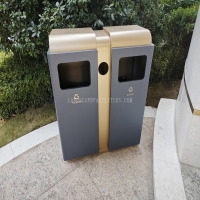Welcome to the website for landscape facilities products and knowledge.
What are the key differences in user preferences for landscape tables across different geographic regions?
The design and functionality of landscape tables often reflect the unique preferences of users in different geographic regions. These variations are shaped by cultural traditions, climate conditions, and local lifestyles.
In North America, landscape tables tend to prioritize durability and versatility, often featuring weather-resistant materials like teak or metal. The designs are typically minimalist, catering to outdoor entertaining and practicality.
European preferences lean toward elegance and sustainability. Tables here often incorporate reclaimed wood or eco-friendly materials, with designs that blend seamlessly into gardens or terraces. Scandinavian simplicity and Mediterranean rustic styles are particularly popular.
In Asia, compact and multifunctional designs dominate, especially in urban areas where space is limited. Bamboo and lightweight materials are common, reflecting a preference for harmony with nature. Traditional motifs may also influence the aesthetics.
Meanwhile, in regions like Australia and the Middle East, climate plays a significant role. Australians favor low-maintenance, UV-resistant tables, while Middle Eastern designs often include intricate patterns and shaded structures to combat intense sunlight.
Understanding these regional differences helps manufacturers and designers create products that resonate with local markets, ensuring both functionality and cultural relevance.
Related search:

Recommendation
Double-bucket garbage bin, outdoor, metal, multi-color, powder-coated, double-bucket trash can